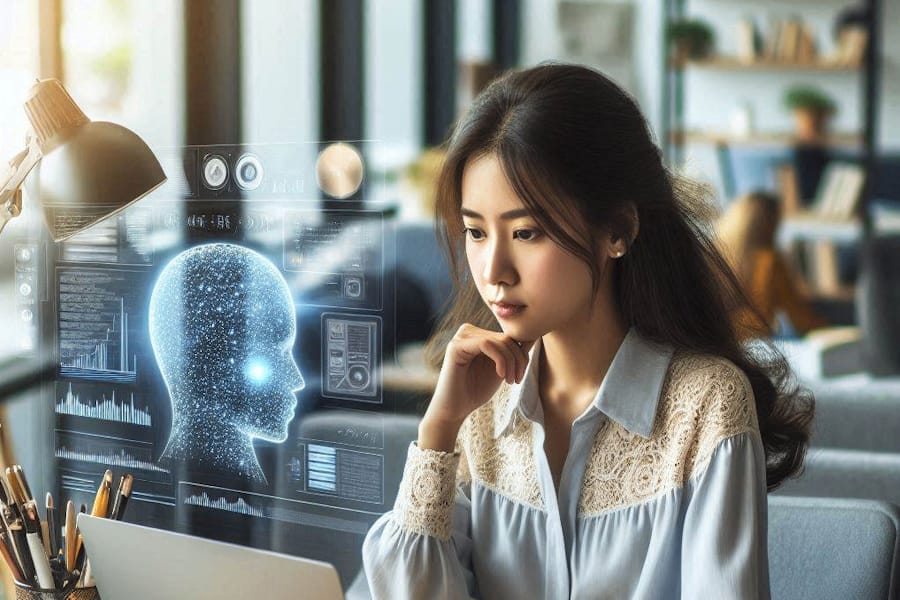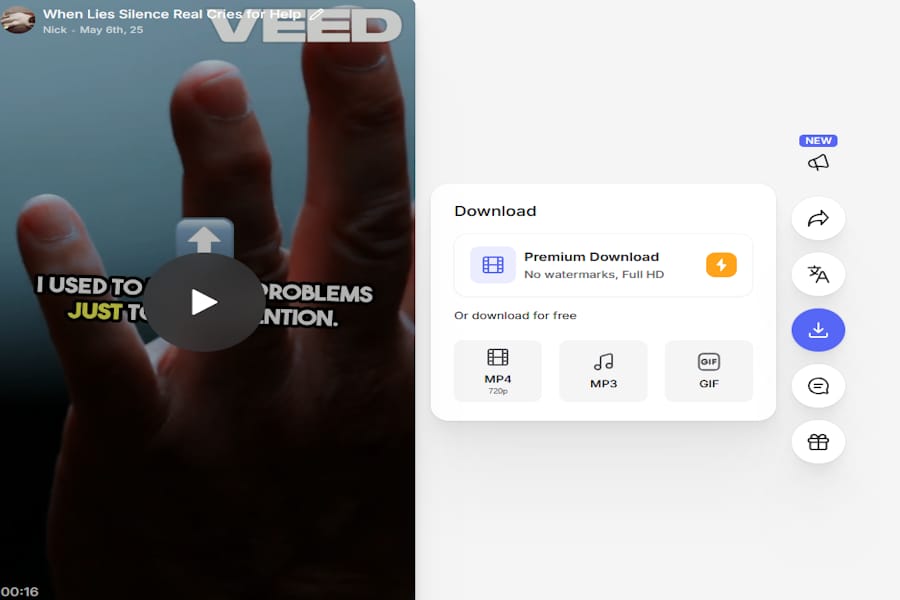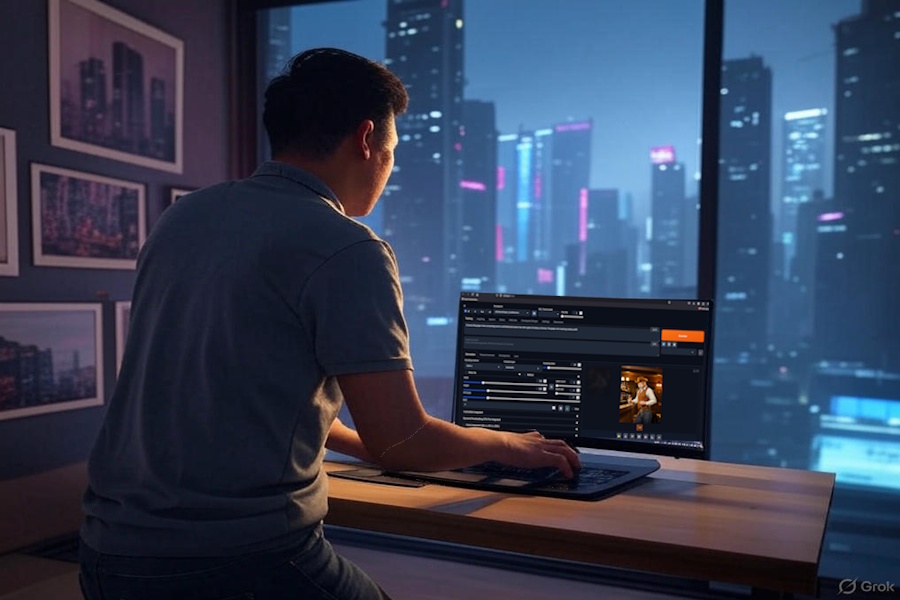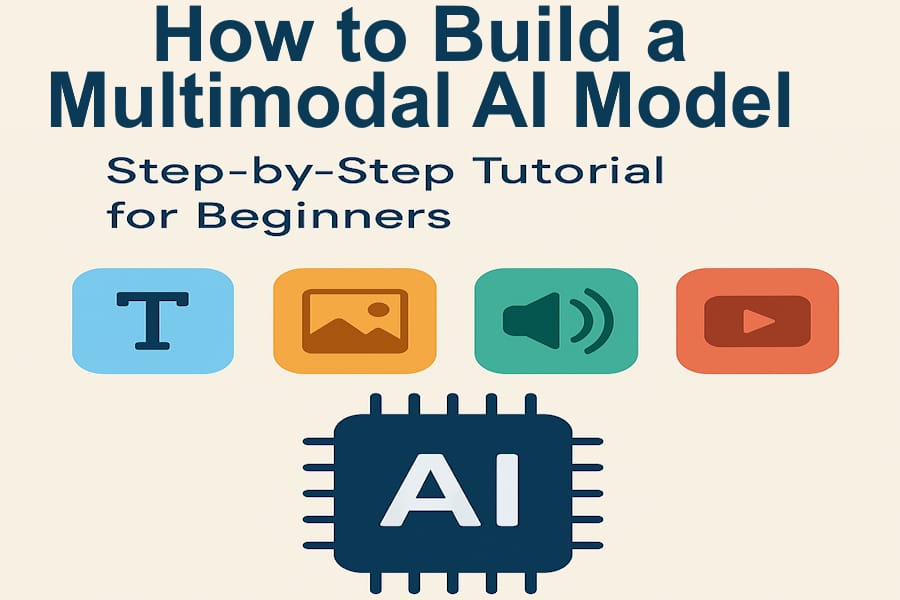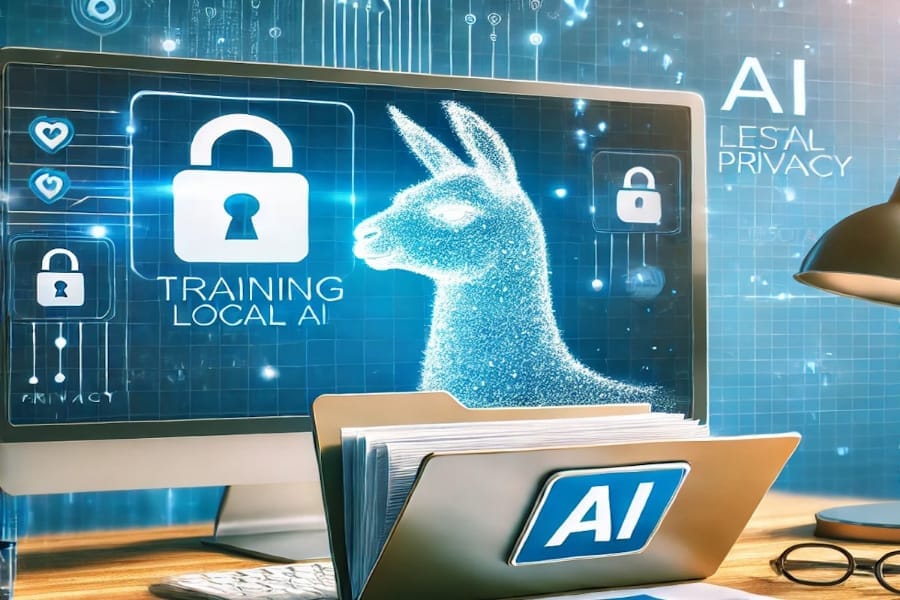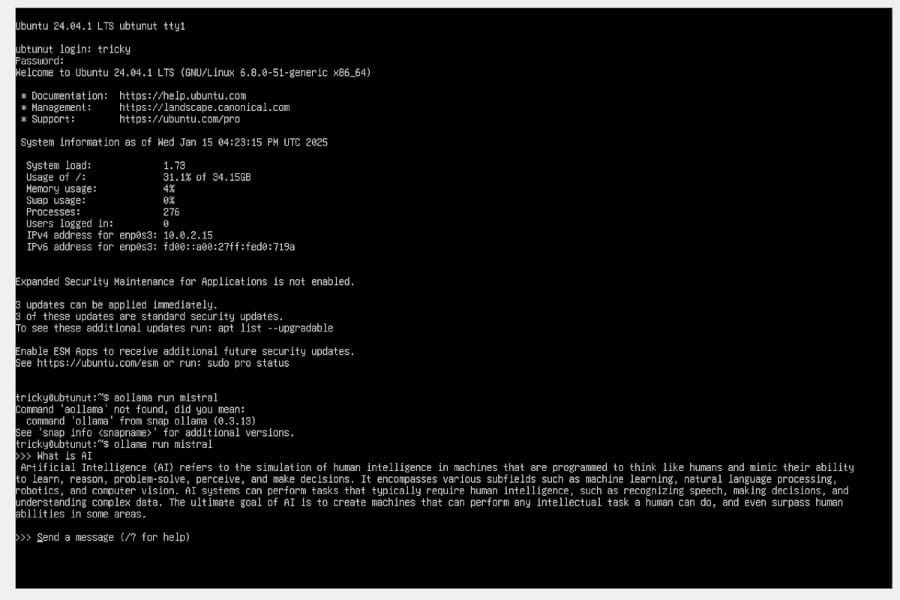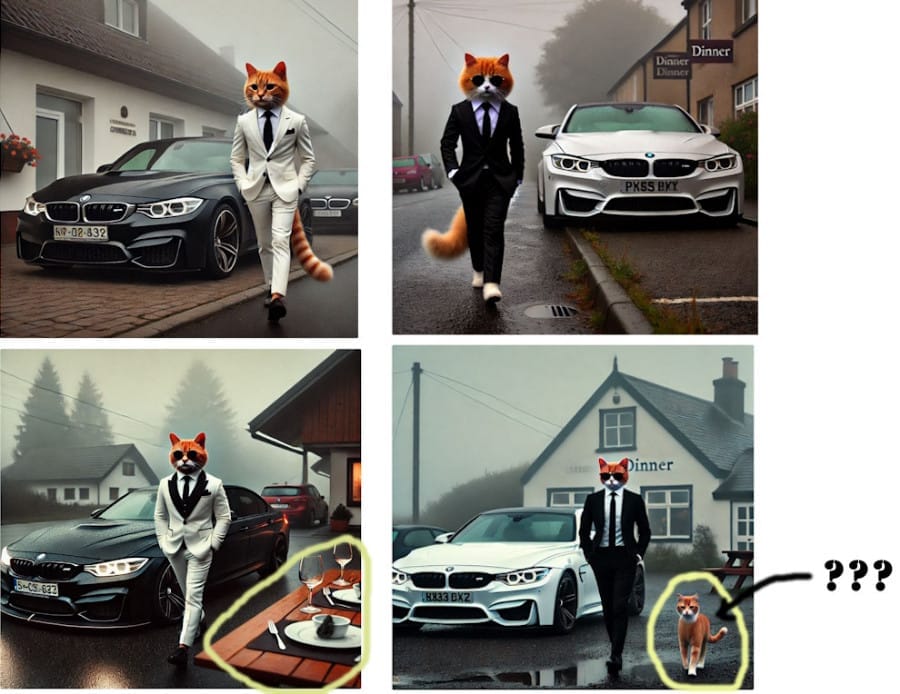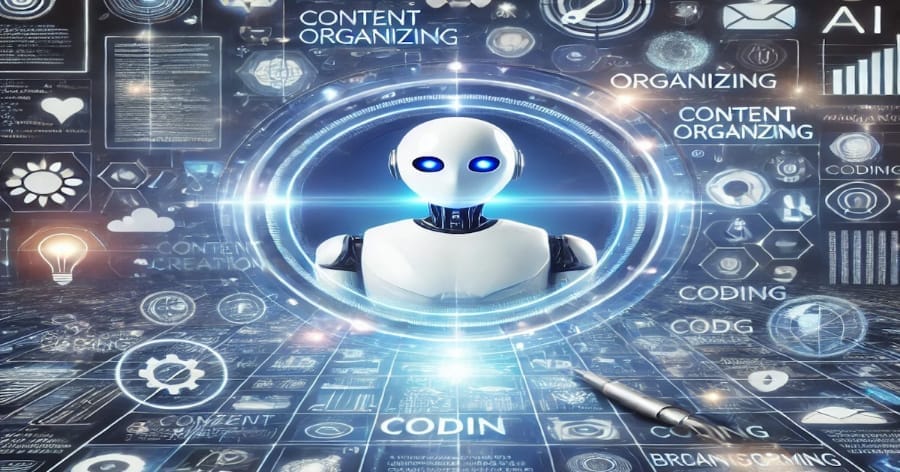Type: Article -> Category: Actionable AI
Maximizing AI Image Generation
Strategies for the Best Results
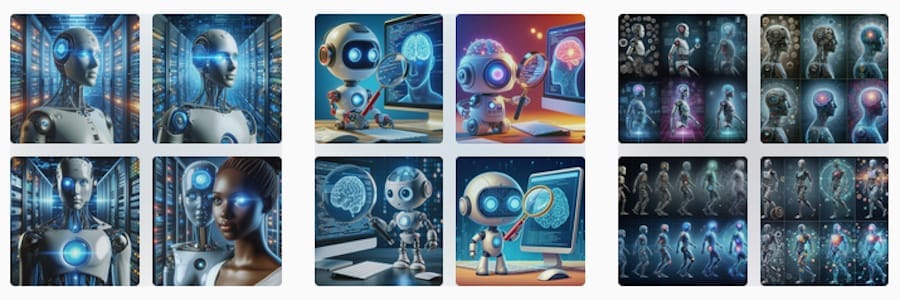
Publish Date: Last Updated: 10th November 2025
Author: nick smith- With the help of CHATGPT
Artificial intelligence (AI) has revolutionized creative fields by offering powerful tools for image generation. From marketing to digital art, AI-generated images are now widely used for various applications. However, to make the most out of AI image generation, it’s essential to understand how to effectively leverage these tools. Here’s a guide on how to optimize your results and unlock the full potential of AI-generated imagery.
1. Craft Clear and Detailed Prompts
The quality of AI-generated images heavily depends on how well you can articulate your vision. AI models interpret written prompts, so the more precise and descriptive your input, the better the output. Be specific about elements like colors, objects, composition, style, lighting, and even the mood you want to convey.

AI Generated Images using - "A landscape at sunset"
Example:
- Instead of: "A landscape at sunset"
- Try: "A vibrant sunset over a mountainous landscape with a glowing orange sky, silhouetted pine trees, and a calm lake reflecting the colors of the sky."

AI Generated image using - "A vibrant sunset over a mountainous landscape with a glowing orange sky, silhouetted pine trees, and a calm lake reflecting the colors of the sky."
2. Experiment with Styles and Concepts
AI image generators often allow for style variations, from hyper-realistic to abstract. Try experimenting with different art styles to see which best fits your project. By exploring different styles and tweaking parameters, you can discover unique aesthetics that AI can bring to life.
Pro tip: You can even reference specific art movements or artists (within copyright guidelines) to steer the AI in a particular direction.
3. Refine with Iteration
Sometimes, the initial image generated may not fully meet your expectations. One of the advantages of AI is the ability to quickly iterate. After each generation, review the results and fine-tune your prompts. Mention what worked, what didn’t, and add new elements to help refine the final image.
Key tip: Start with broader concepts and then gradually get more specific as you move through multiple iterations.
4. Use AI as a Collaborative Tool
Think of AI image generation not as a replacement for creativity but as a collaborator in the creative process. You still need to curate and guide the output based on your creative vision. This collaboration allows for both efficiency and creativity, making AI an incredible partner in projects that require visual assets.
5. Post-Process for Perfection
Once the AI generates an image, it doesn’t mean the creative process is over. AI-generated images often serve as a foundation. By utilizing traditional graphic design software (e.g., Adobe Photoshop or GIMP), you can tweak and enhance images further to align them perfectly with your project’s needs.
6. Understand the Limitations
AI image generators can produce stunning visuals, but they have limitations. They may struggle with certain kinds of detailed imagery or specific requests that involve complex compositions. Being aware of these constraints helps manage expectations and allows you to be strategic about what tasks you delegate to AI and which ones require manual adjustments.
7. Stay Updated with AI Advancements
AI image generation technology is rapidly evolving. New models and tools are frequently released, each offering improved features or addressing previous limitations. Stay updated with the latest trends, tools, and techniques to ensure you’re making the most of cutting-edge AI capabilities.
Conclusion
AI image generation is an exciting and innovative tool for creative professionals, but like any tool, the results depend on how well it’s used. By understanding the mechanics behind prompt writing, experimenting with styles, iterating for better results, and blending AI capabilities with traditional methods, you can achieve high-quality visuals that meet your creative goals.
List of online AI Image generators
| Website Name | Brief Description | URL |
|---|---|---|
| DALL·E | An AI tool developed by OpenAI that generates highly detailed images from text prompts. | DALL·E |
| Descript | Descript is a tool that lets you edit videos and podcasts with text-based commands. You can use AI features to remove filler words, enhance sound, add captions, and more. | Descript |
| MidJourney | A creative AI image generator known for artistic and stylized imagery. | MidJourney |
| Artbreeder | Combines images using AI to create new visuals, with options for customization. | Artbreeder |
| Deep Dream Generator | Uses neural networks to generate surreal and abstract images from provided images. | Deep Dream Generator |
| NightCafe | AI art generator with multiple styles and a user-friendly interface for creating digital art. | NightCafe |
| RunwayML | A platform that offers various AI models for image generation and video editing. | RunwayML |
| StarryAI | AI art generator that allows fine-tuning styles and converting text to visuals. | StarryAI |
| Fotor | AI-driven photo editing and image generation platform with a focus on high-quality visuals. | Fotor |
| Dream by Wombo | AI that creates surreal, artistic images based on text prompts, often in fantasy styles. | Dream by Wombo |
| Pixray | AI art generator with command-line interface and customizability, ideal for developers. | Pixray |
| Nano Banana | Google’s latest AI image generator (Gemini 2.5 Flash Image), released in 2025. | Nano Banana |
| Seedream 4.0 | ByteDance’s advanced AI image model launched in 2025, rivaling Google’s Nano Banana. | Seedream 4.0 |
| Krea | A high-resolution AI image generator launched in June 2025 by Krea AI. | Krea |
| Pollo AI | A multi-model platform that aggregates Imagen, Flux, and other AI models for generating art. | Pollo AI |
| Imagen | An accessible, cost-effective AI image generator and editor introduced in 2025. | Imagen AI |
| HiDream-I1 | An open-source image generation foundation model (17B parameters) capable of fast, high-quality outputs. | HiDream-I1 |
This table provides a variety of AI image generators suitable for different creative and technical needs.
AI Image Editing on YouTube
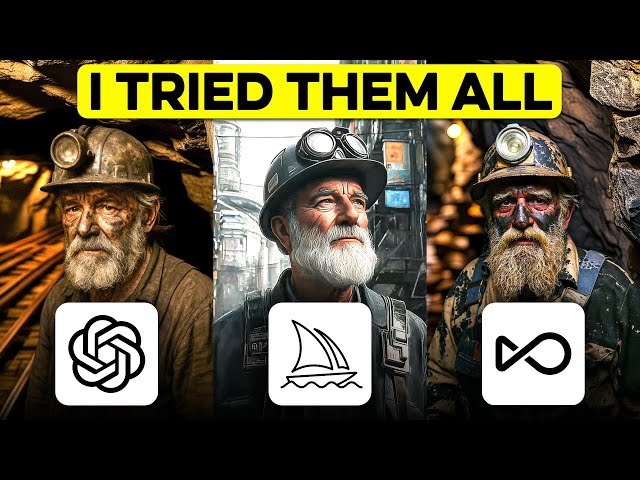
I Made the same Consistent Character in Every AI Image Generator
YouTube Channel: Roboverse
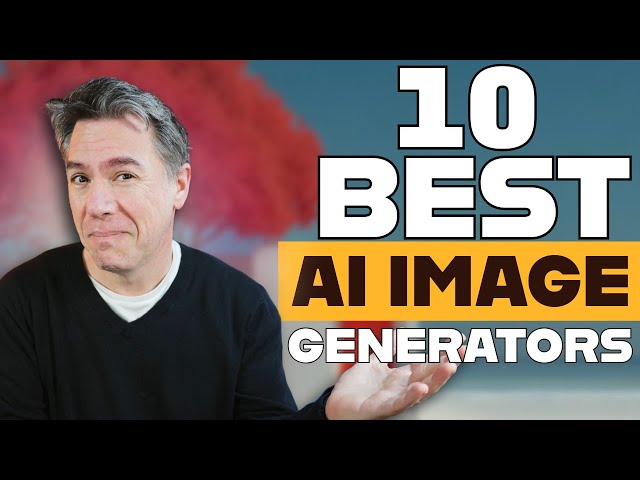
The 10 BEST AI Image Generators!
YouTube Channel: Theoretically Media
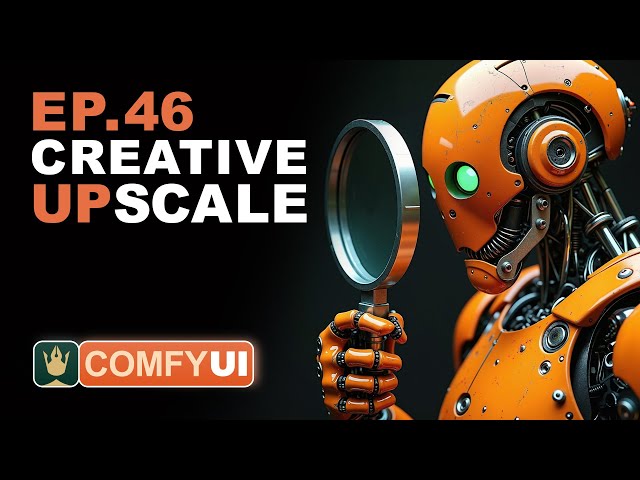
ComfyUI Tutorial Series Ep 46: How to Upscale Your AI Images (Update)
YouTube Channel: pixaroma

10x Faster Branding with ChatGPT Image Generation (Full Tutorial)
YouTube Channel: Andrew Lane | Design Hacker
Actionable AI Articles
AI Questions and Answers section for Maximizing AI Image Generation: Strategies for the Best Results
Welcome to a new feature where you can interact with our AI called Jeannie. You can ask her anything relating to this article. If this feature is available, you should see a small genie lamp above this text. Click on the lamp to start a chat or view the following questions that Jeannie has answered relating to Maximizing AI Image Generation: Strategies for the Best Results.
Be the first to ask our Jeannie AI a question about this article
Look for the gold latern at the bottom right of your screen and click on it to enable Jeannie AI Chat.
Type: Article -> Category: Actionable AI


